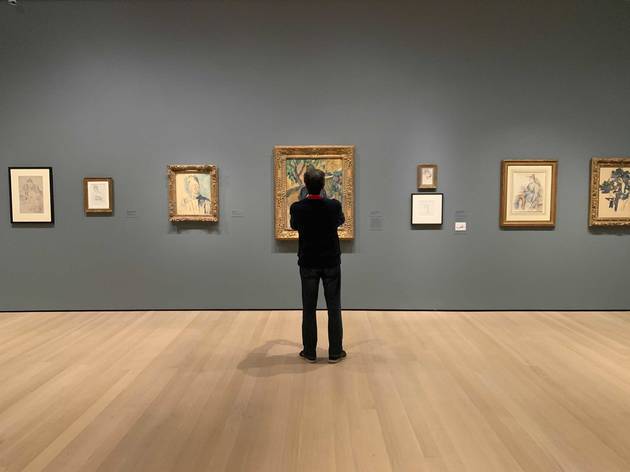The Museum of Modern Art in New York (MoMA) presents a large exhibition that offers a new vision of Paul Cézanne (1839-1906) through his creative process using pencil and watercolor, shedding new perspectives on this deeply ‘corpus’ of work. original but less known.
Cézanne Drawing»Is the first major effort in the United States to collect drawings from the artist’s entire career, tracing the development of his practice on paper and exploring his working methods. More than 250 works on paper – including rarely seen drawings, sketchbooks and watercolors – are on display alongside a selection of related oil paintings, all from the MoMA collection, as well as public and private collections around the world. Presented together, these works reveal how this fundamental figure of modern art – most famous as a painter – produced his most radical works on paper.
Cézanne has long been recognized as a crucial artistic link between the 19th and 20th centuries. ” Cézanne Drawing ” returns works on paper to their central position within the artist’s work, demonstrating the extent to which this medium facilitated his legendary innovations, and highlighting how he used particular materials and techniques to generate artistic meaning.
Drawing was a fundamental part of Cézanne’s creative practice from the late 1850s until his death in 1906. Using loose leaves and sketchbooks on a daily basis, the artist produced more than 2,100 works on paper throughout his career.
Cézanne preferred the standard, easy-to-prepare, widely available, and relatively inexpensive materials: pencils, watercolors, and industrially produced papers, purchased from art suppliers in Aix-en-Provence and Paris.
For Cézanne, drawing was an activity of interest and importance in itself, facilitating the diligent and daring investigation of surface and depth, line and color, vision and touch, and finish and denouement. Crafted over days, weeks, and even years,


